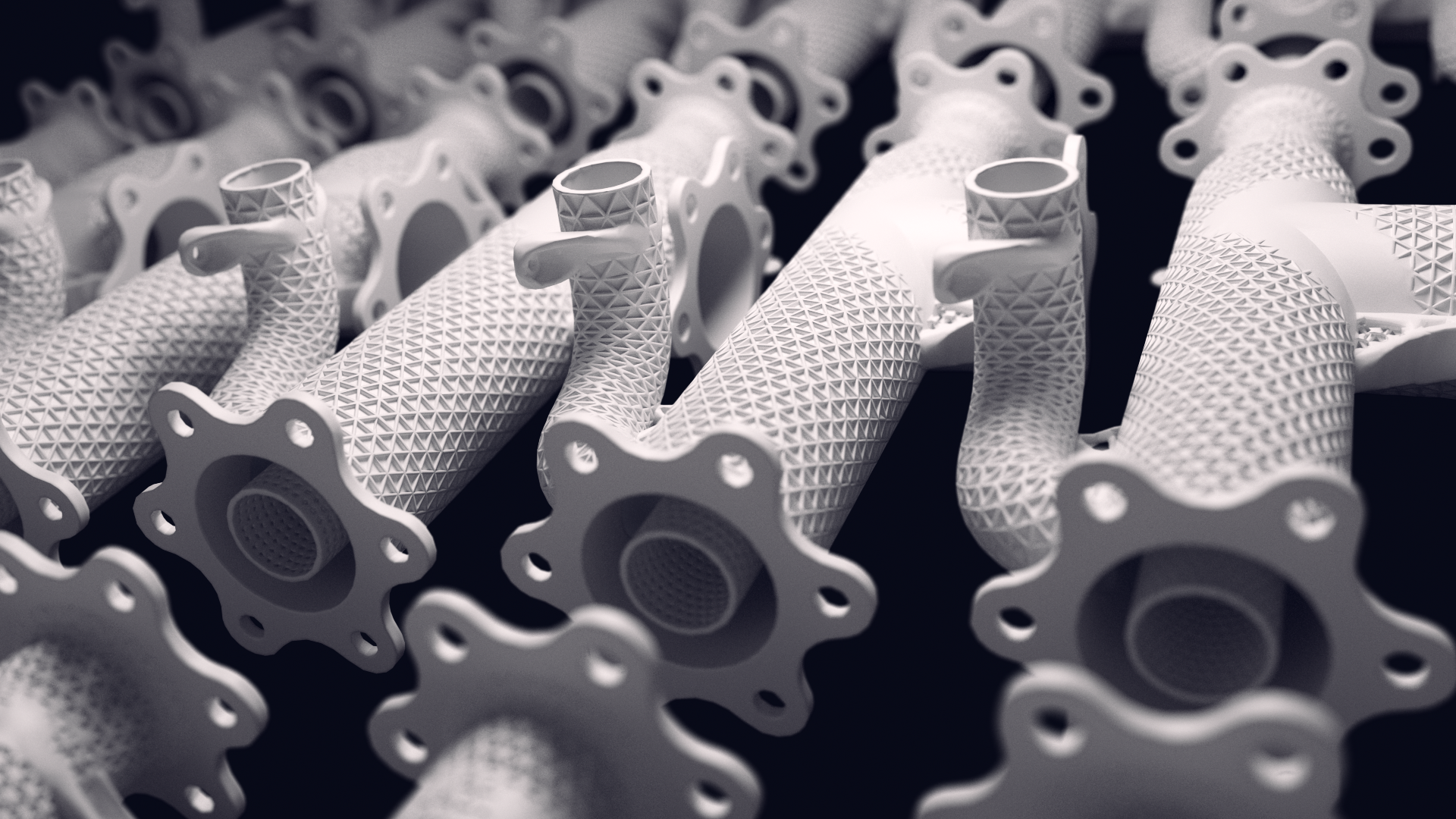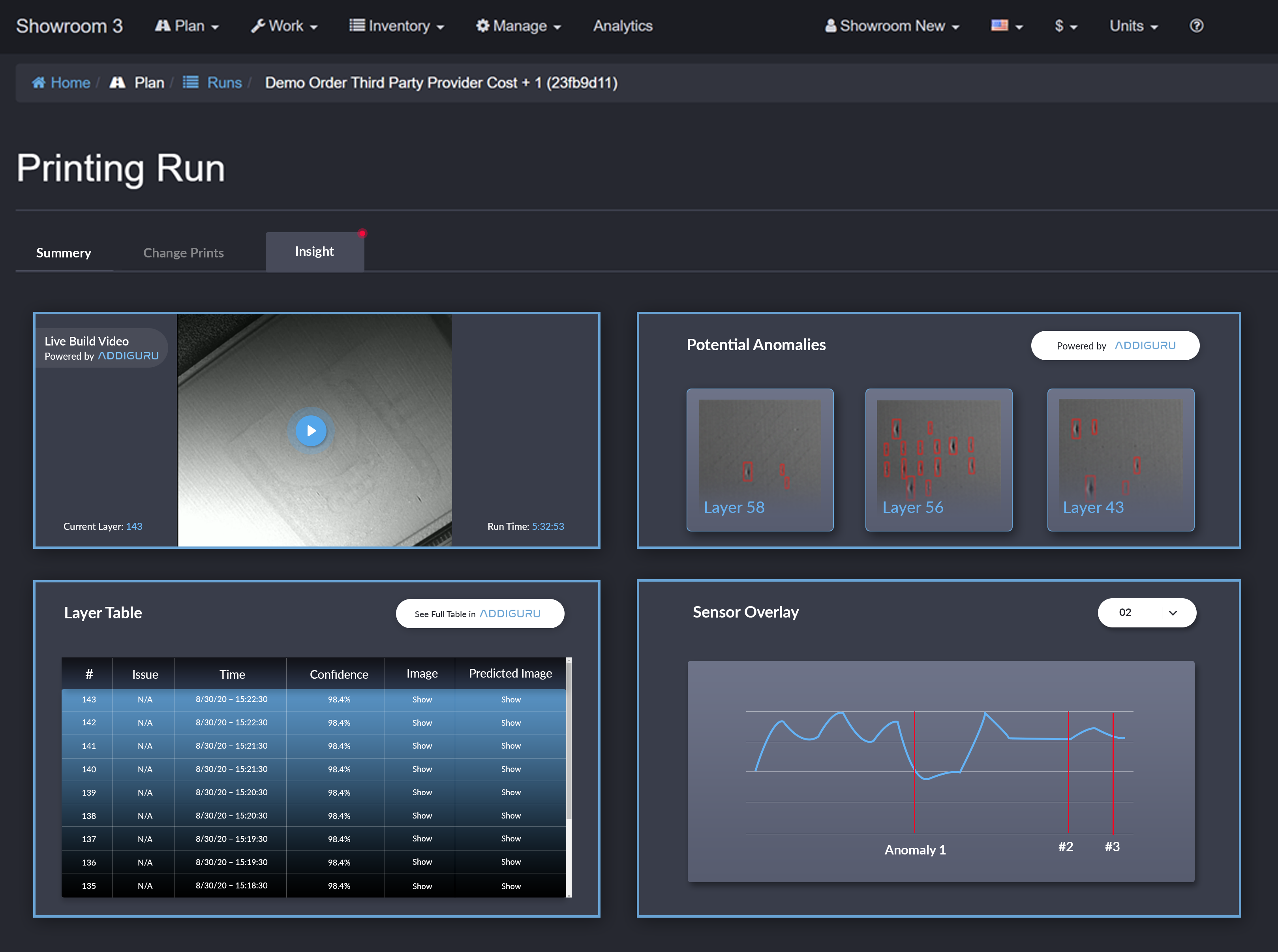Authentise, a developer of additive manufacturing workflow software, has announced a partnership with Addiguru, a developer of real-time process monitoring systems, to advance the Authentise Manufacturing Execution System (AMES).
Together, the duo will integrate computer vision and AI-based in-situ monitoring functionality into AMES, allowing for real time actions alongside the digitized workflow management currently offered.
Andre Wegner, CEO of Authentise, explains: “The collaboration with Addiguru is a success because each party brings unique skills: Authentise provides coherent control of the digital thread and access to machine data, to which Addiguru can add visual inspection and intelligent analysis. Our collaboration with Addiguru is testament to both Authentise’s openness and the continued inventiveness of the startup community.”

The merging of technicality and management
The project is ultimately intended to streamline the additive manufacturing monitoring process, enabling users to save costs on failed parts. Addiguru’s algorithms will create real-time notifications in the Authentise app and web interface to alert the user of potential issues with the build. AMES will then display relevant images of the part while visually marking the alert within the full workflow view. The full set of findings will be automatically added to the real-time traceability alert for later viewing, and a new analytics section will be generated specifically for that build.

Once the build is complete or cancelled, users will then be able to overlay the detected anomalies with the corresponding sensor data taken directly from the machine. Additionally, this data can be used to create custom alerts, reports, and dashboards for further analysis and diagnosis. Since Addiguru’s technology is “machine brand agnostic”, it can easily be integrated into existing 3D printers with varying sensor setups, including a whole host of powder bed fusion machines.
Shuchi Khurana, CEO of Addiguru, adds: “Existing in-process monitoring tools either require the user to have spent days setting up trial prints or to click through every image to detect potential flaws. The combination of our AI-driven insight and Authentise’s workflow tools enables the user to gain practical benefit in a system they love by having all data and notifications in one place. This initiative with Authentise also moves us closer to our goal of an open architecture framework.”

Artificial intelligence in the 3D printing industry
In recent years, AI-based quality control systems have started to emerge in the additive manufacturing industry. Just last month, Purdue University received an $800,000 grant from the US Department of Energy to accelerate the development of the world’s first 3D printed nuclear reactor core. The capital will allow the University’s engineers to create a novel AI model to ensure nuclear-grade quality of the microreactor’s critical components.
Elsewhere, at Michigan Technological University, Dr. Joshua Pearce recently launched an open-source, computer vision-based software algorithm capable of print failure detection and correction for the FFF process. The code leverages just a single webcam pointed at the build plate to track printing errors and generate any actions it deems necessary to improve reliability and print success rates.
The 4th annual 3D Printing Industry Awards are coming up in November 2020 and we need a trophy. To be in with a chance of winning a brand new Craftbot Flow IDEX XL 3D printer, enter the MyMiniFactory trophy design competition here. We’re happy to accept submissions until the 30th of September 2020.
Subscribe to the 3D Printing Industry newsletter for the latest news in additive manufacturing. You can also stay connected by following us on Twitter and liking us on Facebook.
Looking for a career in additive manufacturing? Visit 3D Printing Jobs for a selection of roles in the industry.
Featured image shows metal parts 3D printed on the EOS P 450. Photo via EOS North America.



